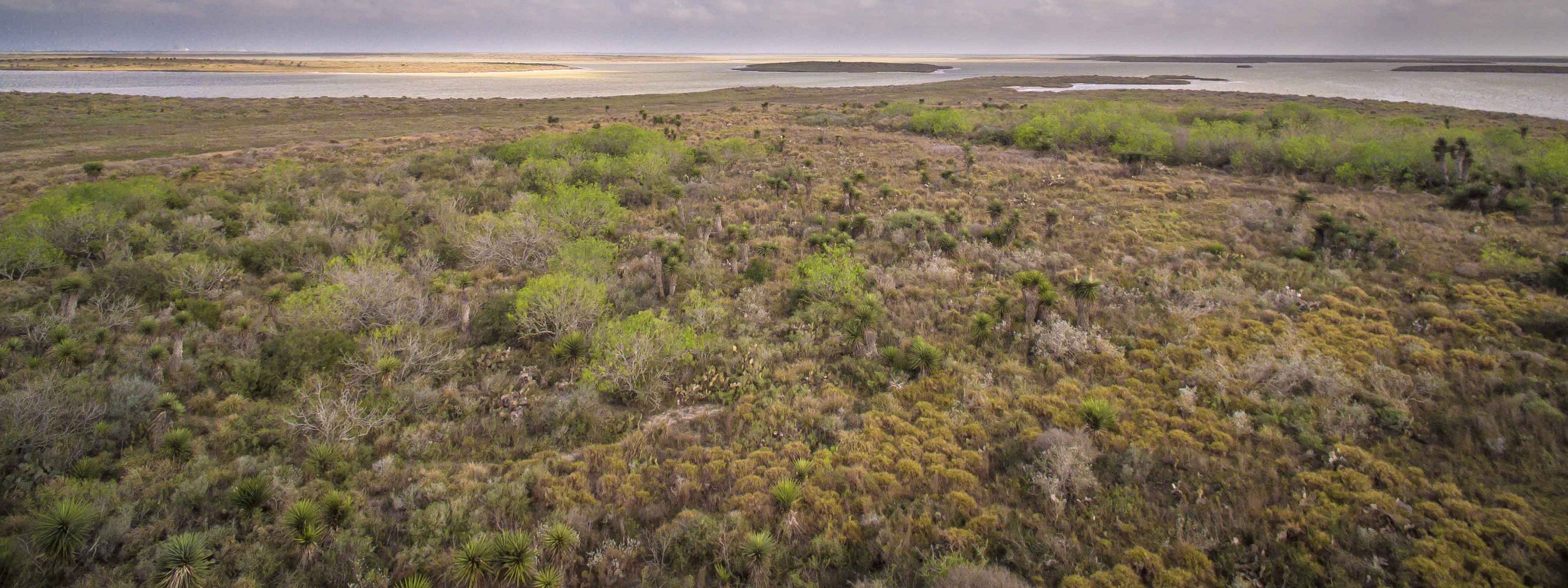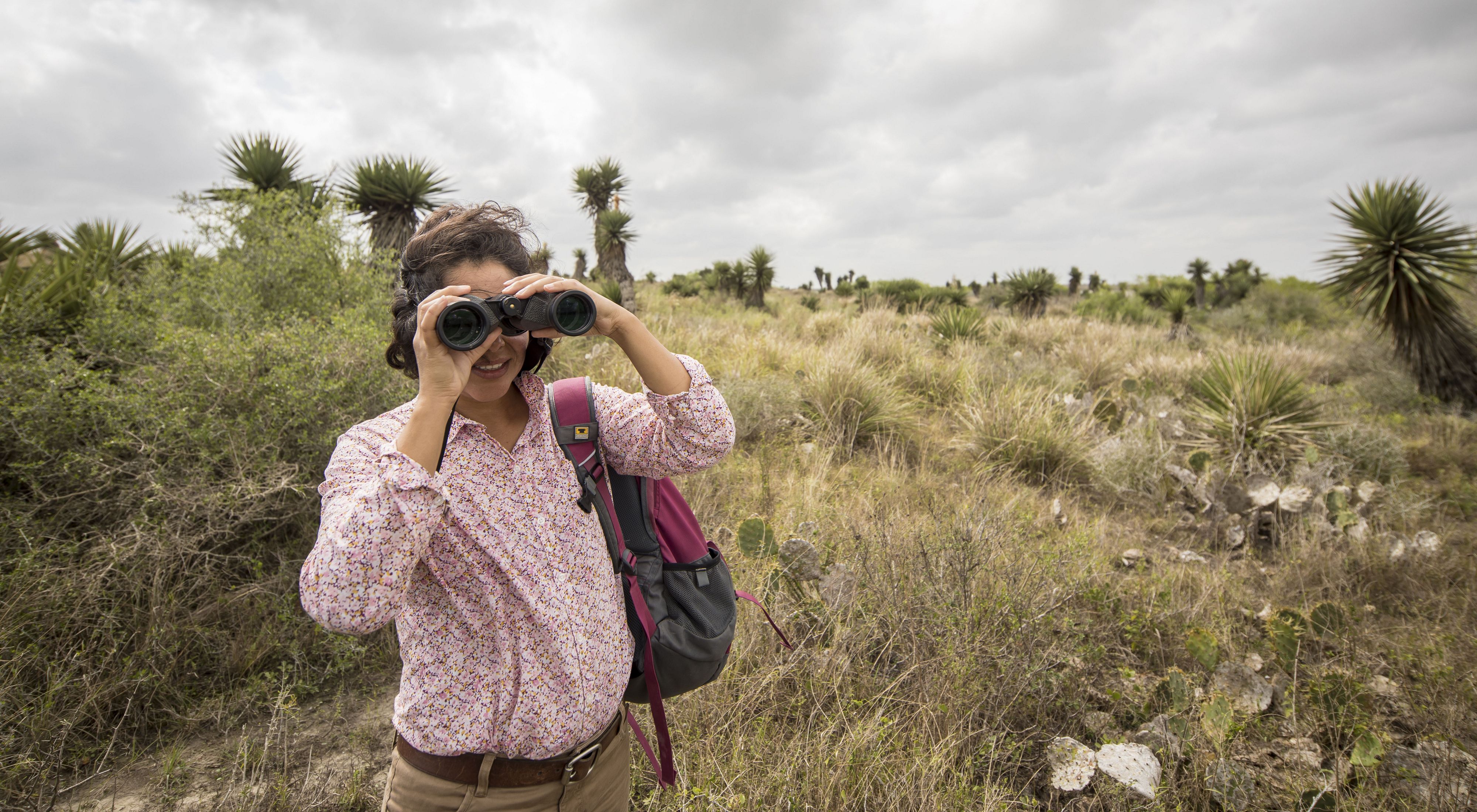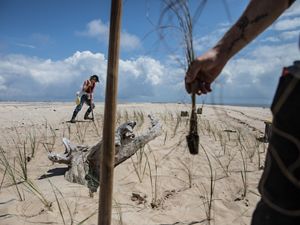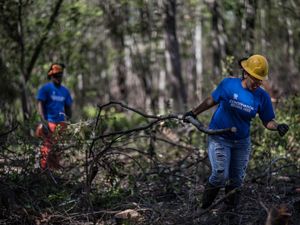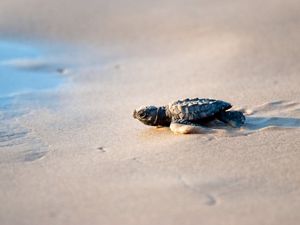In the wake of the 2010 Deepwater Horizon oil spill, Texas received more than $700 million in restoration funding as part of the RESTORE Act, which directs all fines and penalties resulting from the spill to affected Gulf states. Since its passage in 2012, The Nature Conservancy (TNC) has analyzed dozens of Gulf Coast restoration plans and worked to ensure that the initiatives included in them have a positive and lasting impact on estuaries, watersheds, salt marshes, oyster reefs and barrier beaches—natural features that provide critical habitat to a range of species and help protect coastal communities in the face of rising sea levels and natural disasters.
Enter the Bahia Grande, or "Big Bay," a large wetland at the southernmost tip of Texas in the Rio Grande Valley. Part of the larger Laguna Madre region, which features a long, shallow, hypersaline lagoon along the western Gulf Coast, the Bahia Grande is one of the most biologically diverse areas in Texas—and one of its most imperiled. Because of this, the region ranks as one of the highest priority conservation areas in Texas, playing host to 1,200 plant species, more than 530 species of birds, more than 300 North American butterfly species and 17 threatened or endangered species, including ocelots, jaguarundi, aplomado falcons and several sea turtle species.
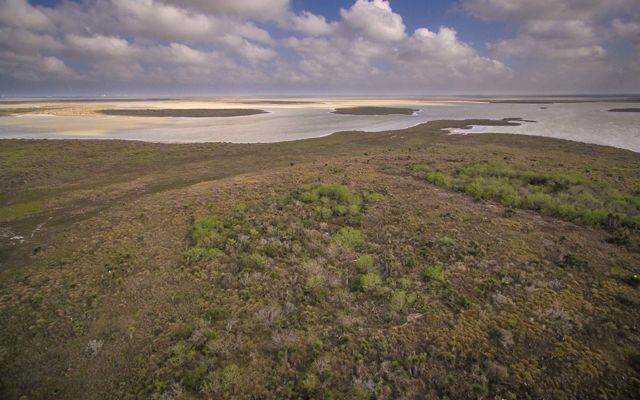
Sitting within eight miles of Texas’ border with Mexico, the Bahia Grande acts as a coastal corridor that links the Laguna Madre to the Lower Rio Grande Valley. This corridor is a priority in our efforts with regional partners to create a connected, 105,000-acre landscape of conservation lands, recreation areas and a refuge for wildlife who are fighting to survive and adapt to the pressures of encroaching urbanization and habitat loss.
In 2020, TNC assisted the U.S. Fish and Wildlife Service with the acquisition of the 590-acre Garcia tract near Port Isabel, which is now part of the Laguna Atascosa National Wildlife Refuge. The tract, owned by heirs of the Garcia-Yturria family, was the last remaining unprotected parcel with access to Bahia Grande. The tract also contains a high-quality remnant of coastal thornscrub.
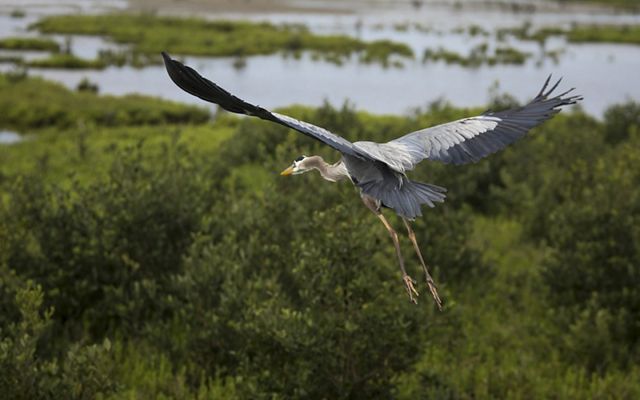
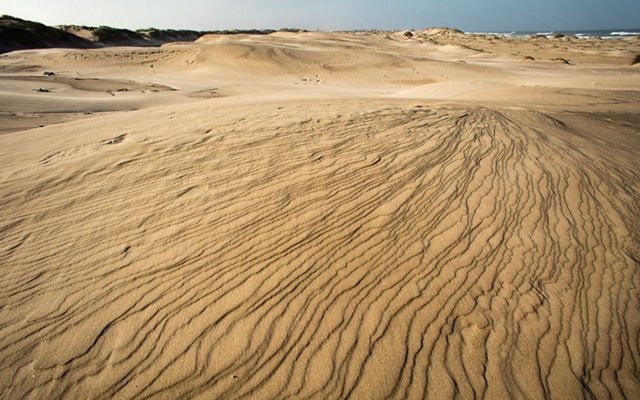
In fact, this specific tract includes more than three miles of shoreline that forms part of the Vadia Ancha and is bounded on two sides by existing National Wildlife Refuge land. TNC donated the property to the U.S. Fish and Wildlife Service at closing so that it can be incorporated into the Laguna Atascosa National Wildlife Refuge. Ultimately, this acquisition secured a critical holding for the refuge by filling a gap in the protection of the Bahia Grande shoreline and preventing development from encroaching on the estuary from Port Isabel and Laguna Heights. With its addition to the refuge, the U.S. Fish and Wildlife Service now manages all the shoreline acreage of the Bahia Grande on the northwest side of Highway 48.
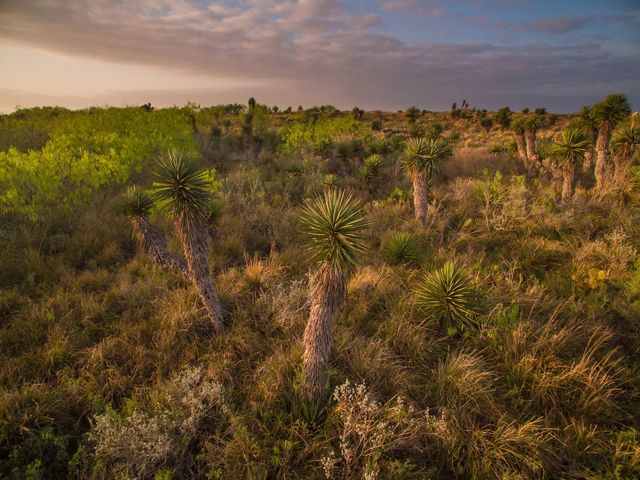
Through this work, TNC and its conservation partners have effectively utilized RESTORE Act funding to knit together a mosaic of coastal wetlands, native prairies and brush for the benefit of numerous species. Thanks to the help of private landowners like the Garcia and Dougherty families and others, this group has created a vital protected corridor of more than 100,000 acres of contiguous conservation lands in South Texas.
We Can’t Save Nature Without You
Sign up to receive monthly conservation news and updates from Texas. Get a preview of Texas's Nature News email.
